Table of Contents
Descriptive adjectives help us add detail to our sentences, making them more interesting and colorful. They describe a noun by giving more information about its appearance, size, color, or feel.
For example, in the phrase tall building, the word tall is a descriptive adjective. In this post, we will discuss how to identify, use, and compare descriptive adjectives, along with common rules and mistakes to avoid.
What are Descriptive Adjectives?
Descriptive adjectives are words that describe the characteristics or qualities of a noun. They give more detail about what something or someone looks like, feels like, or behaves like.
Example Sentences:
The blue sky is beautiful.
(blue and beautiful describes the sky)
The tall building is impressive.
(tall and impressive describe the building)
Her warm smile is inviting.
(warm and inviting describe the smile
These words help make your sentences more engaging and meaningful by painting a clearer picture of the nouns they modify.
Identification of Descriptive Adjectives
Descriptive adjectives provide more information about a noun, helping to specify or clarify its qualities, characteristics, or attributes. Here’s how to identify them:
1.Position in a Sentence:
Descriptive adjectives usually appear before the noun they modify.
- The blue sky is clear.
In this sentence, blue describes the noun sky.
2. Function:
They provide details about the noun, such as color, size, shape, or quality.
- She has a beautiful voice.
Here, beautifully describes the quality of the noun voice.
3. Questions to Ask:
To identify descriptive adjectives, ask yourself:
- What kind of? (e.g., What kind of car? → red)
- Which one? (e.g., Which flower? → tall)
- How many? (Though this is more for quantitative adjectives, it can help narrow down descriptive characteristics.)
4. Common Descriptive Adjectives:
Familiarize yourself with common descriptive adjectives that specify attributes, such as:
- Colors (e.g., red, blue, green)
- Sizes (e.g., large, small, tiny)
- Shapes (e.g., round, square, triangular)
- Qualities (e.g., happy, sad, kind)
Usage of Descriptive Adjectives
Descriptive adjectives are essential in writing and speaking as they add detail and richness to nouns. They help convey a clearer picture and evoke specific feelings or images in the minds of the audience. Here’s how to use descriptive adjectives effectively:
1. Modifying Nouns
Descriptive adjectives primarily modify nouns, providing information about their characteristics.
- The bright sun shone brightly in the sky.
Here, bright describes the noun sun, giving a clearer image of its intensity.
2. Creating Vivid Imagery
Using descriptive adjectives enhances imagery, allowing readers or listeners to visualize the subject.
- She painted a vibrant mural on the wall.
The adjective vibrant helps the audience imagine the mural’s lively colors.
3. Expressing Emotions and Qualities
Descriptive adjectives can express emotions or qualities, making descriptions more relatable and impactful.
- He is a generous person who always helps others.
Generous conveys a positive quality of the noun person, highlighting their character.
4. Comparative and Superlative Forms
Descriptive adjectives can be used in comparative and superlative forms to compare nouns.
- Comparative : This book is more interesting than the last one.
- Superlative : She is the smartest student in the class.
In these examples, more interesting to compare two books, while smartest. identifies one student as the highest in intelligence among others.
5. Positioning in a Sentence
Descriptive adjectives typically appear before the noun they modify, but they can also be used after linking verbs such as, is, are, seem, etc.
- Before the noun: The red apple is on the table.
- After a linking verb: The apple is red.
Both sentences effectively convey the same information, showcasing the flexibility in adjective placement.
6. Using Multiple Descriptive Adjectives
When using multiple adjectives, follow the standard order: quantity, quality, size, age, shape, color, origin, material, and purpose.
- I bought two small red ceramic vases.
Here, the adjectives two (quantity), small (size), and red (color) describe the noun vases in a natural order.
Descriptive Adjectives List
Here’s a comprehensive list of descriptive adjectives that can be used to describe various qualities of nouns:
- Brave
- Clever
- Generous
- Honest
- Polite
- Lazy
- Strong
- Curious
- Careful
- Big
- Small
- Tiny
- Huge
- Enormous
- Tall
- Short
- Wide
- Narrow
- Gigantic
- Round
- Square
- Flat
- Oval
- Rectangular
- Curved
- Triangular
- Cylindrical
- Red
- Blue
- Yellow
- Green
- Pink
- Purple
- Black
These descriptive adjectives will help you express details about size, shape, color, and other qualities in a clear and vivid way.
Types Of Descriptive Adjective
Descriptive adjectives can be grouped into different types based on the qualities they describe. Here are the main types:
1. Physical Adjectives
Physical adjectives describe the physical characteristics or appearance of a noun. These can refer to size, shape, color, and other observable traits.
- Tall, short, round, slim, blue, rough.
Example Sentences:
- The tall man stood at the door.
- She wore a blue dress to the party.
Physical adjectives help give a clear and visual understanding of the object or person being described.
2. Emotional Adjectives
Emotional adjectives describe the feelings or emotions of a person or sometimes an animal. These adjectives can refer to both positive and negative emotions.
- Happy, sad, excited, angry, nervous, bored.
Example Sentences:
- The children were excited about their trip to the zoo.
- He felt nervous before the big exam.
Emotional adjectives add depth to sentences by expressing inner feelings and states of mind.
3. Opinion Adjectives
Opinion adjectives express the speaker’s judgment or viewpoint about a noun. These adjectives tell us what the speaker thinks about the object, person, or situation.
- Beautiful, delicious, terrible, amazing, boring, fantastic.
Example Sentences:
- The movie was fantastic; everyone enjoyed it.
- This food tastes delicious!
Opinion adjectives are subjective and can vary from person to person, making them powerful in expressing personal perspectives.
Descriptive Adjective Examples
- The bright sun warmed the chilly morning.
- She wore a beautiful dress to the party.
- The ancient tree stood tall in the park.
- He has a gentle voice that soothes everyone.
- The sparkling water reflected the clear sky.
- Her brilliant ideas impressed the entire team.
- The soft blanket felt cozy on the cold night.
- The colorful flowers brightened the dull garden.
- The bright sun warmed the blue sky.
- She wore a long dress at the party.
- His quick thinking saved the day.
- The delicious cake was freshly baked.
- We stayed in a cozy cabin near the lake.
You May Also Like


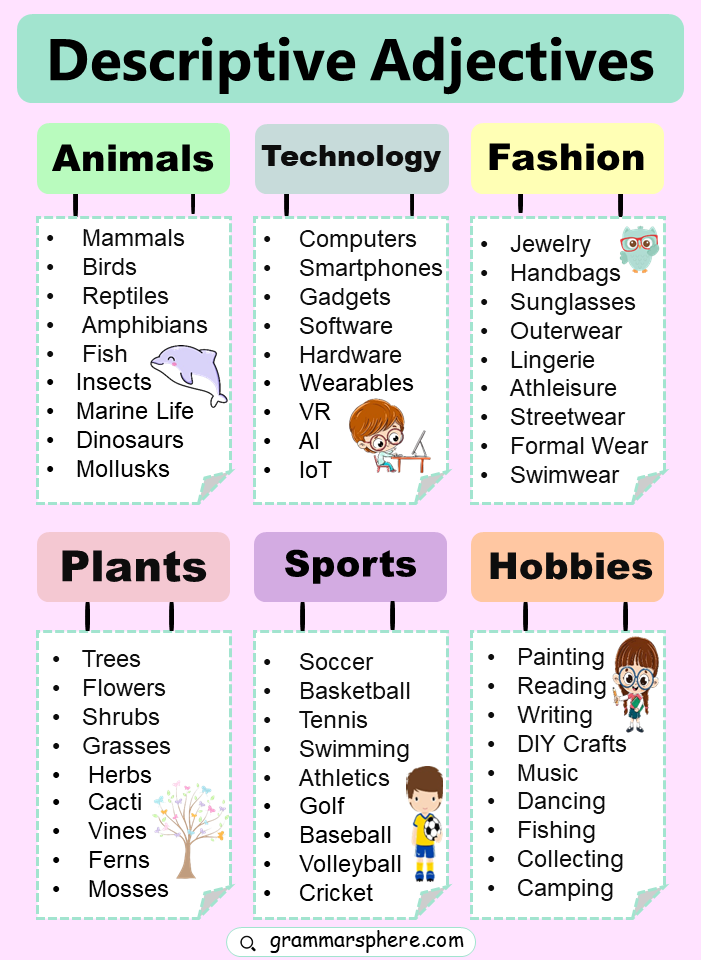
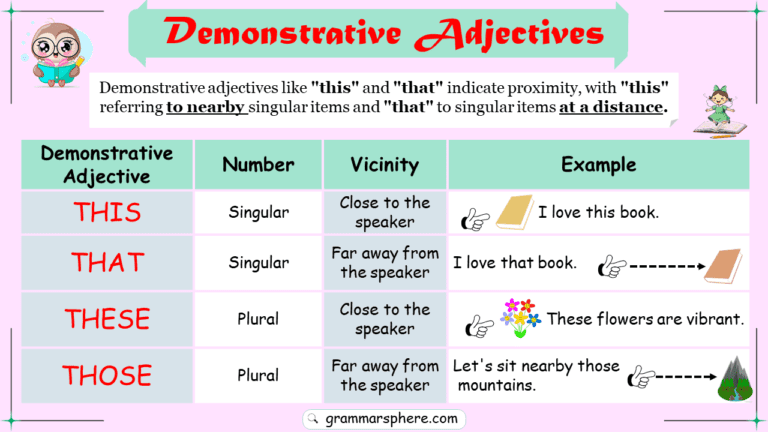
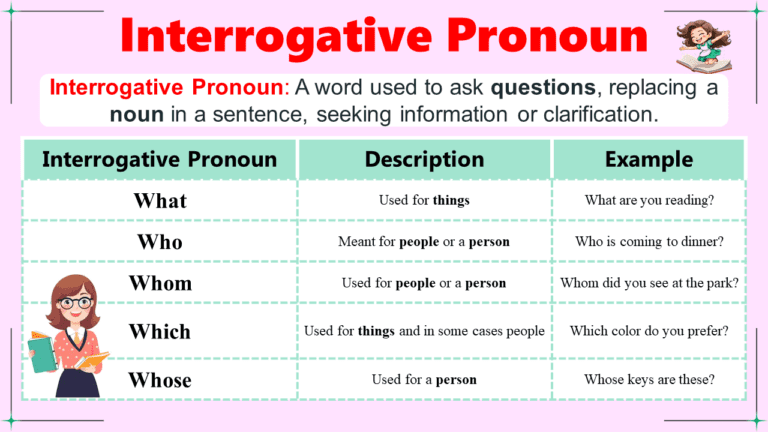
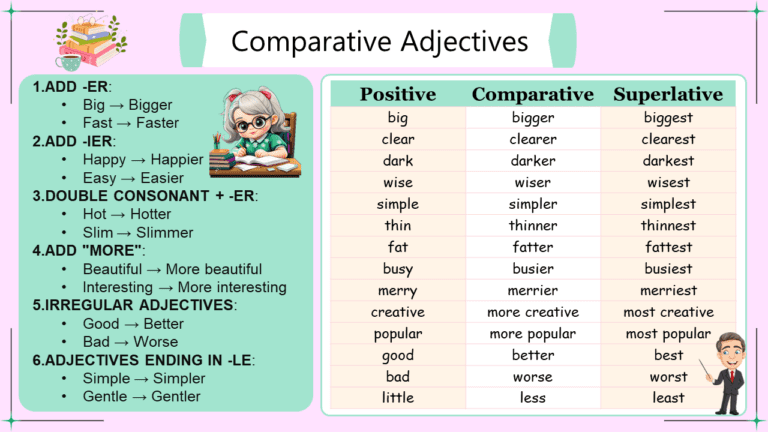
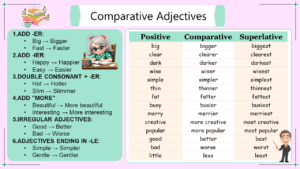
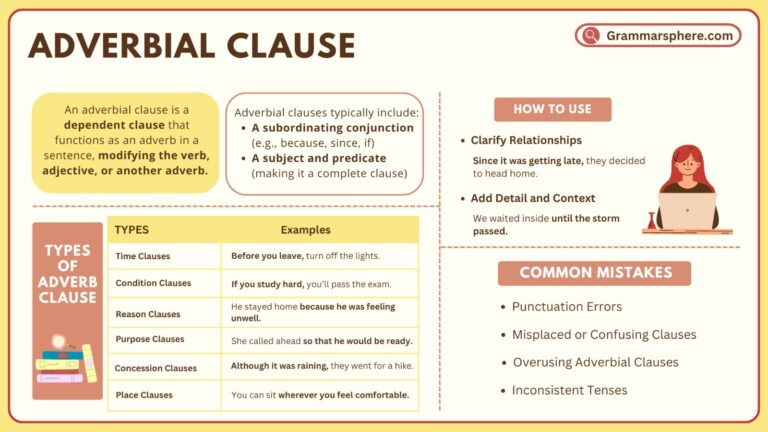
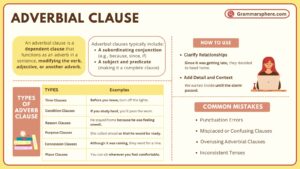
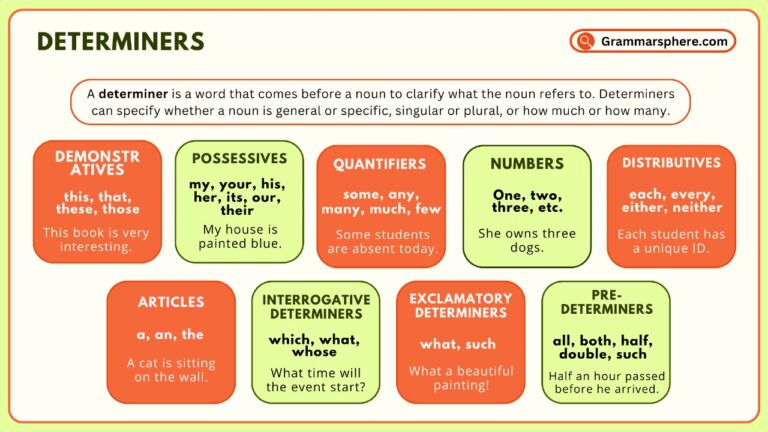
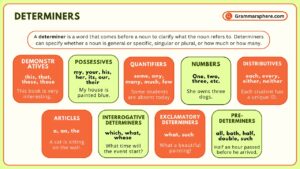
Leave a Comment